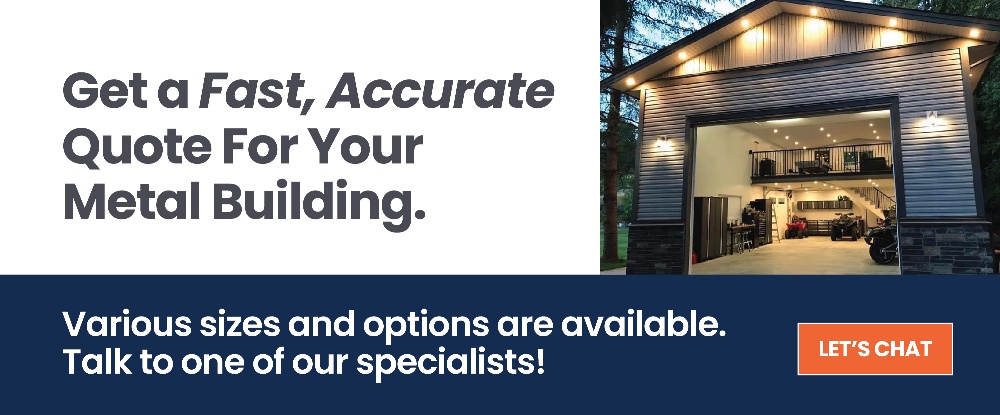What Are Commercial Metal Buildings?
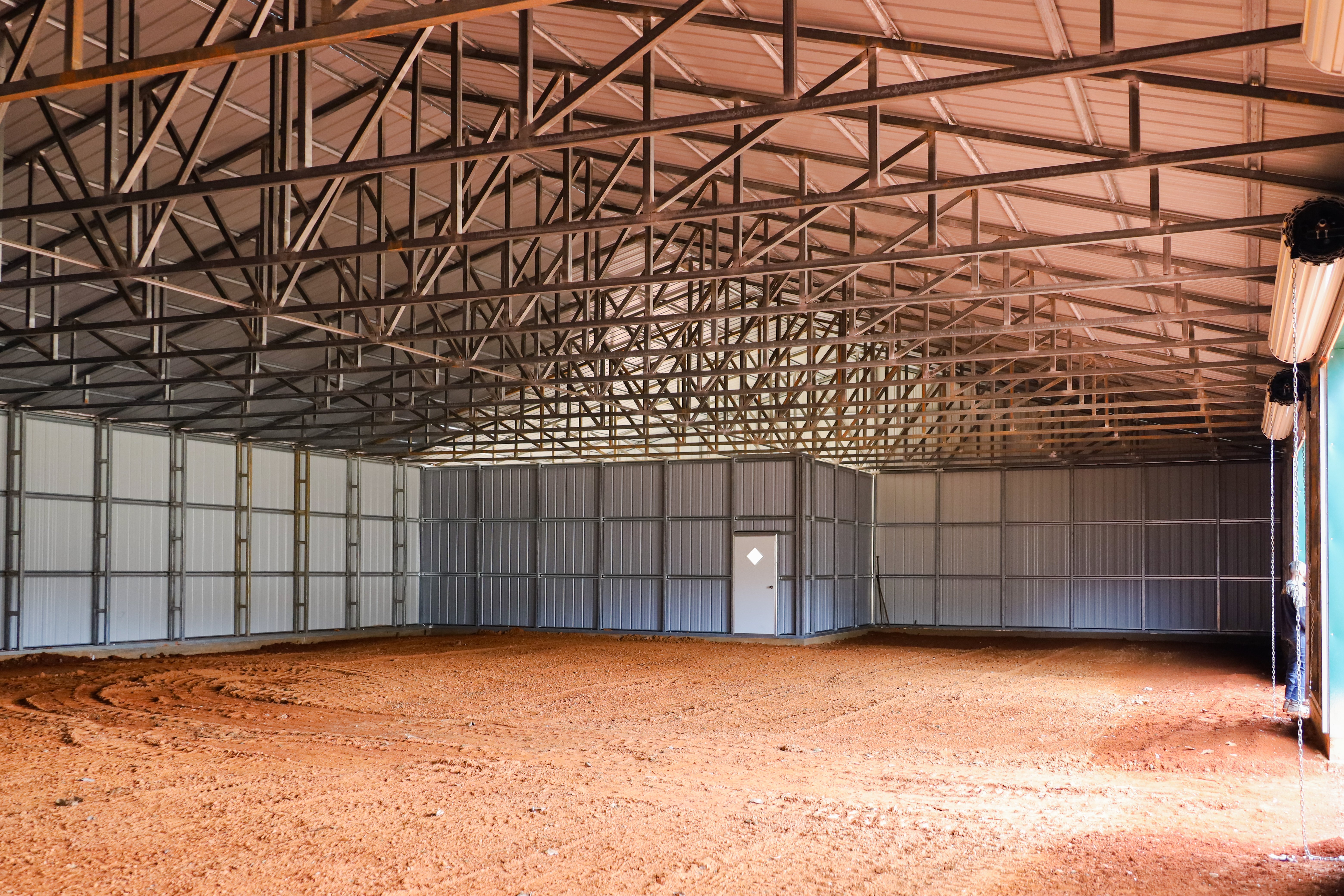
In Field of Dreams, a ghost comes to Kevin Costner’s character and says, “If you build it, they will come.” There’s truth to this. If you create a building for your business, customers may come. But what makes a commercial metal building different from other metal structures?
A commercial metal building is a real estate property used for a business purpose. We define a building that uses at least 50% of its floor space for commercial activities as commercial. Those activities might include retail services, manufacturing, warehousing, and distribution services. That said, Alpha Structures also defines a commercial metal building as any metal building with a clearspan greater than 32 feet—regardless of its intended use.
Within the commercial building subset, there are six different commercial building types. They include office, retail, industrial, multi-family, hotels/motels, and special purpose buildings. You can find commercial metal buildings in industrial parks, retail developments, and business offices.
Sizes of Commercial Metal Buildings
You can construct commercial buildings out of wood or steel. A metal structure, however, offers design flexibility and improved functionality. When you use steel instead of wood, you can construct a more energy-efficient, maintenance-free, and environmentally friendly building. Your supplier can design your metal building to your exact specifications at an affordable price.
The sizes of commercial metal buildings vary from 32-foot clearspan to 40x60 feet to 50x100 feet, and prices range from $20,000 to $90,000, depending on the size and where you live.
The building size affects the trusses used. Most steel structures use welded trusses for clearspans of 32 to 80 feet. But when clearspan stretches over 80 feet, the building uses ladder trusses welded at different angles between legs and ladders. These buildings require a specialized builder and tools to put up.
You must also know which size building your land will support. You might pick a 30x40-foot structure, only to find your lot can only accommodate a 40x40-foot building. Be sure to understand property dimensions and local requirements for placing a building to calculate building size.
You’ll also need to set a building height for your commercial metal building. Ceiling heights in commercial metal buildings range from 20 to 40 feet. A structure only needs to be tall enough for your needs. Distribution centers and warehouses have 32 to 40-foot ceiling heights to accommodate racks of goods. But an office building only requires a 14- to 20-foot ceiling height.

Types of Commercial Metal Buildings
Commercial metal building types are as varied as their available sizes.
Agricultural metal buildings and horse barns shelter livestock, store harvests, and provide storage and workspace for agricultural operations. Their sizes range from a single-car garage to a barn with stalls for horses and livestock; some even have second-floor living areas and massive riding arenas.
Metal garages store cars and equipment and provide workshop and storeroom space. Their sizes range from a 24x30-foot, two-car metal garage to three-car garages and metal garages with office and apartment space. Metal garages offer 12-foot-high doors to accommodate a variety of vehicles.
Metal office buildings include a climate-controlled, spacious place for employees—manufacturers custom design office buildings to specific layout requirements and personal style.
Suppliers also can customize industrial metal buildings to your application, whether the building serves as a warehouse and distribution center, manufacturing facility, or shop floor.
How Will You Use Your Commercial Building?
How you will use your commercial building affects planning, design, and other decisions along the way.
To ensure you end up with a building that works for your operation, you must know the intended use and make a list of everything the building must do. This helps structural engineers deliver a workable plan that accounts for all contingencies.
When you declare intended use in advance, it saves headaches down the road. Failing to do so can void engineering plans, put the liability on you, and require new plans. Inform engineers if you intend to live in your commercial building. This ensures blueprints meet all state, local, and federal building codes and requirements for dwellings.
Pay close attention to zoning laws. Zoning classifies all land and buildings for specific types of use. You cannot place a steel commercial building on a property zoned for residential use. You also cannot live/work in your commercial building without a mixed-use zoning designation or put up an industrial metal building on land not designated for industrial use.
Many states are strict about their zoning laws and make it exceedingly difficult to change property zoning classifications. Calling the building department in advance can prevent problems later. Certain states and municipalities also require a licensed contractor for commercial metal buildings.
How you use the building affects more than just zoning. It also impacts where you place windows and doors, the windows and doors you use, the building’s insulation, and creature comforts (electricity, HVAC, and plumbing) you put in place.
Related Content: What Does A Metal Building Cost?
Find a Partner for Your Project
Nothing beats the strength and durability of a commercial metal building. But you also need the right steel building manufacturer.
A quality metal building company makes the job easy for you. They maintain a staff of qualified engineering professionals to walk you through design choices, permitting, installation preparations, and more and will supply blueprints and other documentation to local building authorities.
Long before your customers arrive, you’ll want to build a commercial metal building with a flexible but functional design that meets your needs today and in the days to come.
Comments
Recent posts
-
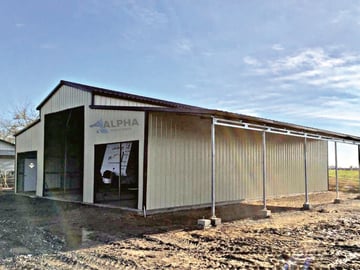
 4 REASONS WHY STEEL STORAGE BUILDINGS OUTPERFORM WOOD GARAGES
A metal garage is the greatest way to ensure that your automobiles and workplace...
December 11, 2022
4 REASONS WHY STEEL STORAGE BUILDINGS OUTPERFORM WOOD GARAGES
A metal garage is the greatest way to ensure that your automobiles and workplace...
December 11, 2022
-
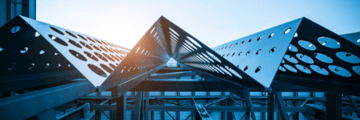
 Top 7 Uses for a Small, Attractive Commercial Metal Building
You know that old saying, "size doesn't matter?" Well, that rings true for comme...
December 11, 2022
Top 7 Uses for a Small, Attractive Commercial Metal Building
You know that old saying, "size doesn't matter?" Well, that rings true for comme...
December 11, 2022
-
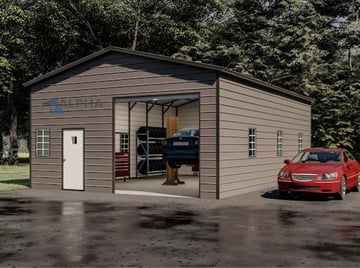
 Do Steel Storage Buildings Add Home Value: 7 FAQ Answered
Adding a garage to your property is one of the smartest investments you can make...
November 28, 2022
Do Steel Storage Buildings Add Home Value: 7 FAQ Answered
Adding a garage to your property is one of the smartest investments you can make...
November 28, 2022

